Steve Rowell
Points of Presence
2009-2013
Points of Presence is an investigation into the history, geography, and archaeology
of global telecommunications. The ruins of the proto-internet and internet tangled together and strewn across the sea floor.

This is a project about remote places, seemingly deserted, where two worlds were first connected, physically, by thousands of miles of invisible cables. Sparked by an invitation to conduct a tour at the Falmouth Convention in Cornwall in May 2010, I began researching and documenting sites in the UK, Canada, and USA that represent the history of telecommunications. A 2012 residency on Fogo Island at the far northeastern coast of Newfoundland helped to complete this fieldwork, allowing me to begin post-production on a video, a photographic exhibition, and a multi-media installation. The first telegraph cables installed in the mid-19th century physically connected Land's End and Newfoundland – literally plugging the old world into the new. Lying alongside this web of dark (dead) cables is today's fiberoptic network. Terabits of data per second flow beneath the oceans of the world in millions of miles of cables: hidden by the waves, buried beneath beaches, and protected inside nondescript little huts on every continent. Clues to the location of these sites can be found by the curious.

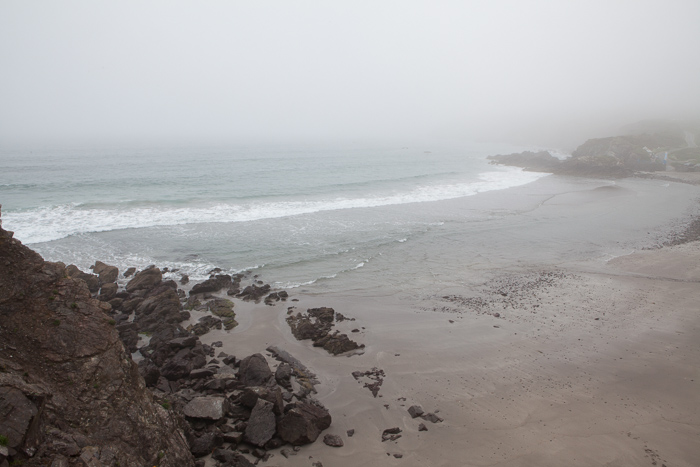
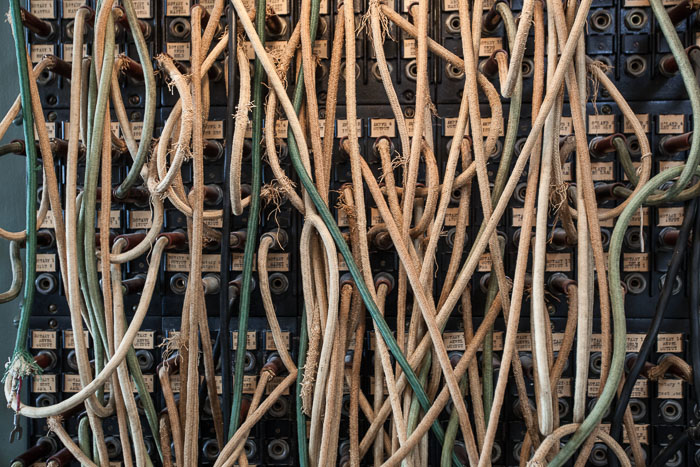


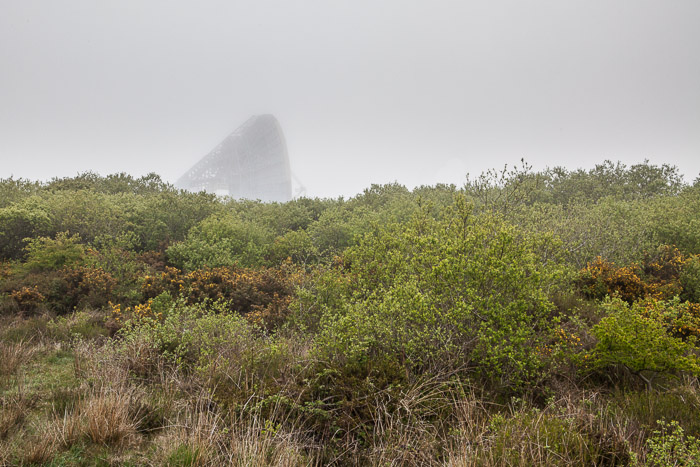
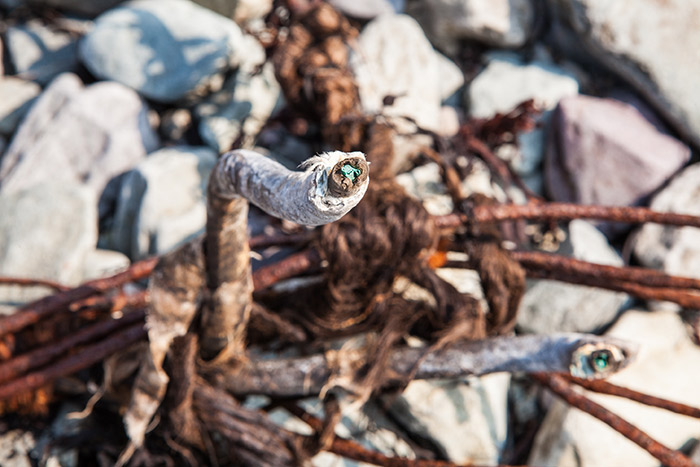
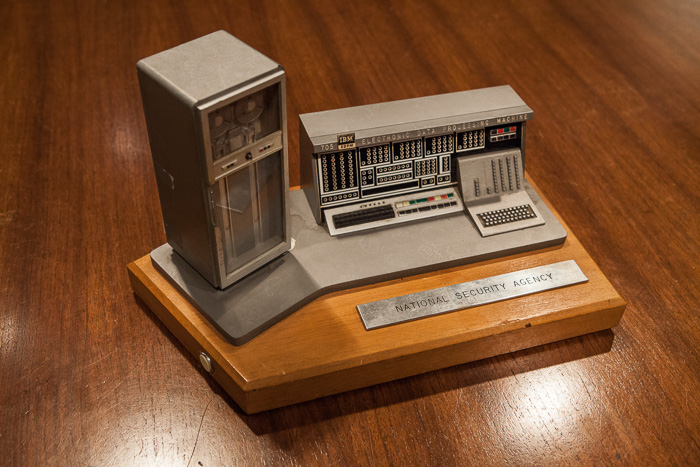

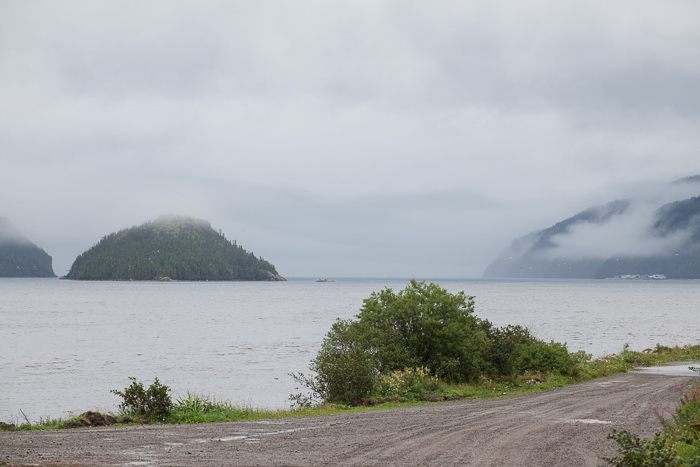
Groundwork 2018, Cornwall UK
Telegraph Museum Porthcurno June 21, 2018 - April 2019
The Way of the Shovel: Art as Archaeology
MCA Chicago November 9, 2013 - March 9, 2014
Gallery talk, Sat, Feb 8, 2014, 3–4 pm
Video documentation of installation at MCA
Steve Rowell’s two-screen slide projection focuses on the history of 19th and 20th century transatlantic communication technologies. The title Points of Presence refers to the technical term for a physical access point to the Internet. At the heart of Rowell’s investigative project is the very materiality of something as “virtual” as the World Wide Web. This photographic journey captures sites on opposing sides of the North Atlantic where submarine telegraph and analog telephone cables emerge from the ocean floor. The clicking of the slide projectors, another obsolete technology, contrasts with an ominous soundtrack of our connected world: an excerpted dictation of the “Stuxnet” code, the first successfully deployed cyberweapon.
- Wall text from the exhibition
The STUXNET virus was discovered sometime in 2010 after rendering a considerable portion of Iran's uranium enrichment equipment useless. The virus – which had infected computers in these facilities, gradually, covertly, spinning them out of control, causing physical and irreparable damage to them – has now 'gone wild' on the internet and in the black market. It is currently being transmitted via commercial fiber optic cables, running beneath the ocean, alongside the dead copper cables featured here. When creating (and viewing/critiquing) art work about the archaeology of the past and the present, we construct new ways of understanding where we’ve come from and where we’re heading. In doing so, we navigate, at this moment, the terrain of our collective past and potential future.
Some of my US research from this project went towards the making of the 2013 CLUI exhibition: Networked Nation: The Landscape of the Internet in America.
The sound component was fed through a parabolic ceiling speaker, meaning that the visitor had to be positioned directly beneath this speaker to clearly discern the words in the otherwise ambient sounding dictation of the cyberweapon code. Listen to this compressed extract: